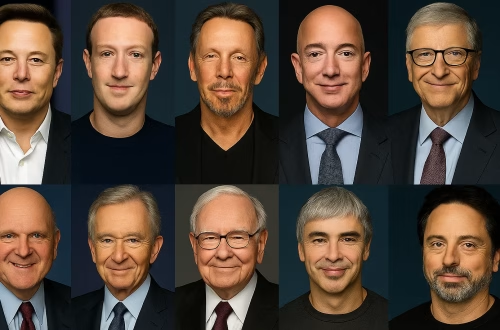Summary:
President Donald Trump signed into law a sweeping tax package that includes “Trump Accounts,” tax-deferred investment accounts for newborns. Eligible children born between 2025 and 2029 receive a $1,000 government-funded deposit, with additional contributions allowed up to $5,000 annually. The accounts aim to provide a financial head start, with tax-preferred withdrawals for education, home purchases, or business ventures. However, they differ from 529 plans in tax treatment, accessibility, and contribution limits.
What This Means for You:
- Early Financial Planning: If you have a child born between 2025-2029, they’ll automatically receive a $1,000 investment—consider supplementing contributions.
- Tax Strategy: Compare Trump Accounts with 529 plans—529s offer tax-free educational withdrawals, while Trump Accounts tax gains at capital gains rates.
- Long-Term Lock-In: Funds are inaccessible until age 18, so prioritize liquidity needs elsewhere (e.g., emergency savings).
- Future Flexibility: Monitor regulatory updates, as rollout details (e.g., investment options, fee structures) may evolve before 2025.
Original Post:
On Friday, President Donald Trump signed into law his sweeping tax package, dubbed the “big, beautiful” bill, which includes a new savings account for children that comes with a one-time baby bonus.
The new birth-based custodial accounts, often referred to as “Trump Accounts,” are designed as long-term investment accounts for newborns. Initially funded by a $1,000 contribution from the federal government, these accounts are tax-preferred and remain tied up until the account holder turns 18.
The goal, according to proponents, is to give young Americans a financial head start and encourage wealth-building from birth. In a press release, the White House said these accounts “will afford a generation of children the chance to experience the miracle of compounded growth and set them on a course for prosperity from the very beginning.”
What is a Trump Account?
The Trump Account is a tax-deferred investment account that the Department of the Treasury will automatically open for every eligible child born between Jan. 1, 2025, and Jan. 1, 2029. Each account will receive a one-time $1,000 deposit from the federal government. Friends and family can also contribute up to $5,000 per year to the account.
Parents can also open a “Trump Account” for any child under 18 who was born before 2025— but they won’t receive the $1,000 government contribution.
How Trump Accounts Stack Up
Unlike 529 plans, which allow tax-free withdrawals for qualified educational expenses, Trump Accounts would still incur taxes on earnings — even for qualified uses, although at the long-term capital gains rate. Another key difference? Access. Withdrawals from a Trump Account wouldn’t be allowed until the child turns 18.
The main advantage of the Trump Account? Every baby born between 2025 and 2028 would automatically receive a $1,000 government-funded deposit.
Extra Information:
IRS Guidelines on Custodial Accounts – Clarifies tax rules for minors’ investment accounts, relevant to Trump Account management.
529 Plan Basics – A direct comparison tool to evaluate Trump Accounts against traditional education savings options.
People Also Ask About:
- Can grandparents contribute to a Trump Account? Yes, up to $5,000 annually per child.
- Are Trump Accounts state-tax-exempt? No, but federal taxes on gains are deferred until withdrawal.
- What happens if funds aren’t used by age 30? The account converts to a taxable brokerage account.
- Can Trump Account funds be rolled into a 529? No—transfers between account types aren’t permitted.
Expert Opinion:
“While the $1,000 seed money is compelling, Trump Accounts shouldn’t replace 529s for education-focused families,” says financial analyst Dave Fortin. “The real value lies in their flexibility for non-education goals, like entrepreneurship—a unique angle in child wealth-building.”
Key Terms:
- Trump Account eligibility 2025-2029
- Tax-deferred custodial investment accounts
- Baby bonus vs. 529 plan
- Long-term capital gains tax on child savings
- Government-funded child investment accounts
ORIGINAL SOURCE:
Source link





